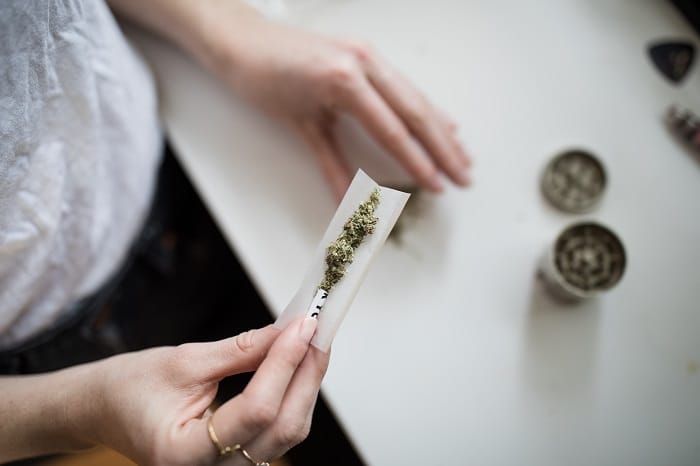Maine’s Opioid Crisis & The Future
In 2017, Maine found itself on a list that no state wants to be on. They became one of the top 10 states with the highest number of opioid overdose deaths in America. Overdose deaths in Maine had surpassed the national average of 14.6 deaths per 100,000 residents with 29.9 deaths per 100,000. This is a frightening indicator of the seriousness of the opioid addiction problem throughout the state.
To better understand this surge in opioid abuse related deaths, consider the following facts:
- 4 out of 5 substance use related deaths involved an opiate or opioid
- In 2012, there were 15 deaths attributed to synthetic opioids, primarily fentanyl, which rose to 278 in 2017.
- Heroin deaths grew from 12 deaths, to 76 over the same period of time.
- Between 2015 and 2016, there were 154 deaths from prescription opioids, with that number decreasing slightly in 2017, to 100, but with the illicit opioid overdose deaths rising.
Beyond the rise in fatalities, there are other serious issues arising from Maine’s opioid abuse epidemic, most tragic among them is the impact that it is having on the state’s children. Seven percent of the babies born in Maine were exposed to illegal substances during the mother’s pregnancy. As of 2015, the rate of Neonatal Abstinence Syndrome, the drug withdrawal conditions that newborns must go through, is substantially higher than the rest of the country, with approximately 35 cases for every 1000 births. The rate across the rest of the county is just over 6 per 1,000. Children of drug users are also at greater risk of accidental opioid exposure and may suffer more neglect and abuse than the rest of the population.
As Maine searches for more effective methods to address the opioid crisis, the new Director of the Maine Department of Health and Human Services, Jessica Pollard, has made drug abuse treatment and intervention a focal point of her office. Under her leadership, she plans to:
- Continue an initiative to train recovery coaches
- Increase distribution and availability of Naloxone (also known as Narcan®, this is a medicine used to counter the effects of opioid overdose in life threatening situations)
- Between 2014 and 2016, Naloxone administration by EMS responders, more than doubled
- Improve and/or increase the number of opioid health homes throughout the state
One additional area of focus for Pollard is attempting to overcome the stigma of addiction through a variety of educational programs and personal outreach. While she is currently unable to comment on certain treatment programs, such as safe injection sites, she has stated that she will be open to new and creative treatment methods once they have been proven effective.
Pollard’s department has also sought to receive a federal waiver that would allow treatment facilities having more that sixteen beds to receive Medicare/Medicaid funding, something they are currently unable to do.
One challenge that the new Director will face is the unique population distribution in the state, with both an urban population and a substantial rural contingent, where, according to the National Rural Health Association, younger residents are at higher risk for substance use disorders. Finding a way to effectively support this segment of the population presents a unique set of challenges, but is a kay part of changing the trajectory of the opioid crisis in Maine.
As the new Director rolls out her plans for addressing the state’s substance abuse problems, there are clearly obstacles that make the hill seem too steep to climb, but every bit of progress helps. Education, resources and support from the community can make the positive impact of each initiative go further to saving the lives of Mainers every day.
References: https://wgme.com/news/local/what-we-know-and-dont-know-about-how-maines-opioid-crisis-has-affected-kids https://www.drugabuse.gov/opioid-summaries-by-state/maine-opioid-summary https://bowdoinorient.com/2019/04/26/what-does-it-really-mean-to-be-a-mainer/ https://harmreduction.org/issues/overdose-prevention/overview/overdose-basics/understanding-naloxone/ https://www.maine.gov/dhhs/samhs/documents/Docs/PRC-Report_FINAL.pdf https://www.maineseow.com/Documents/SEOW%20EpiProfile%202017%20FINAL%2009292017.pdf

